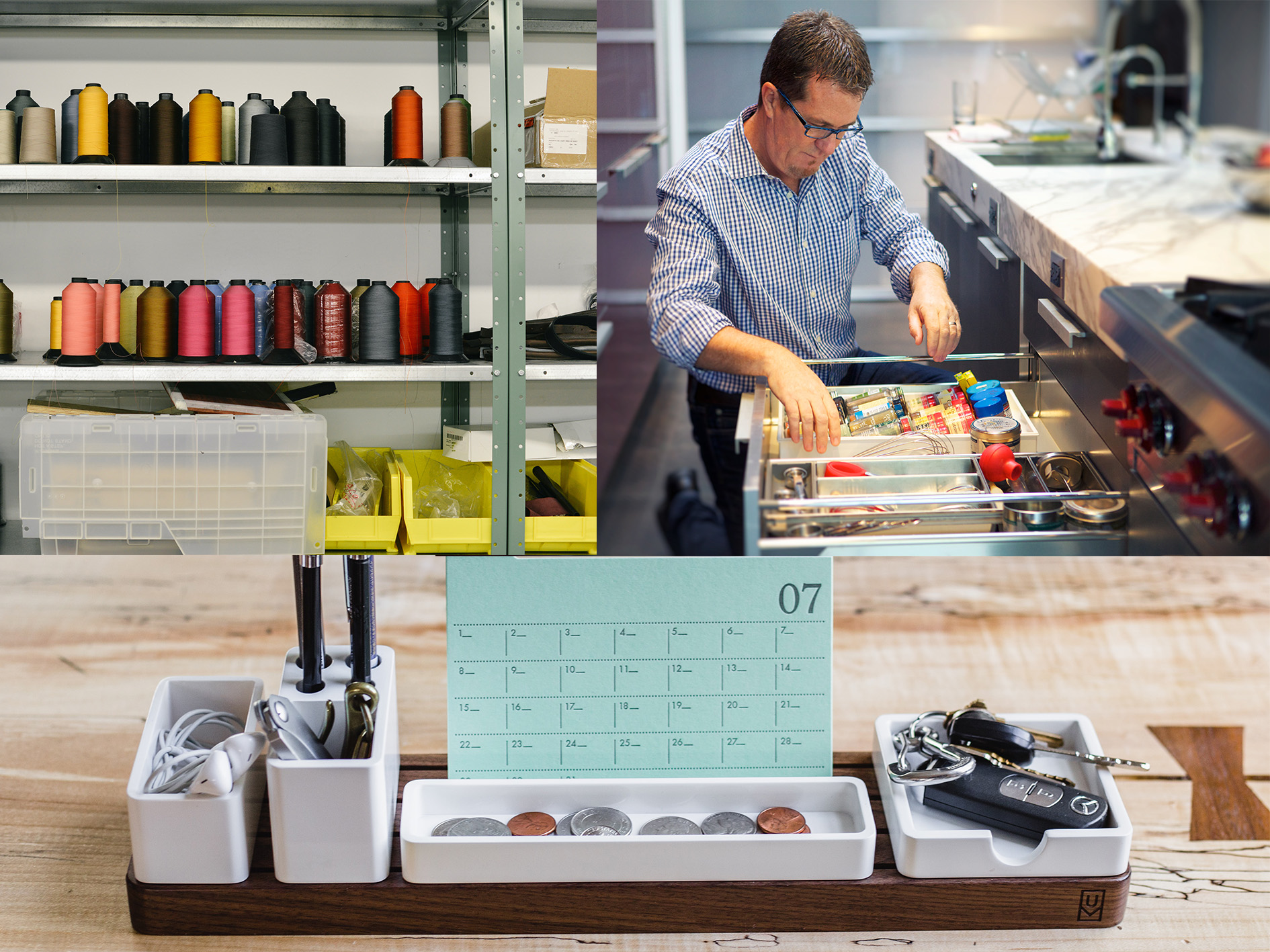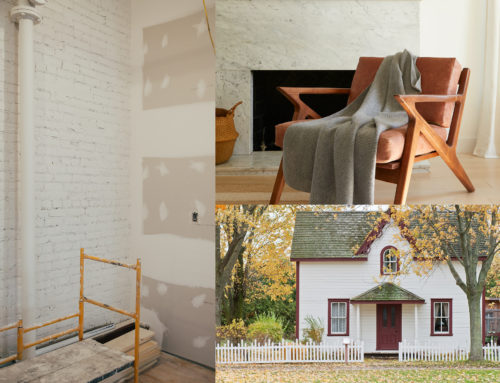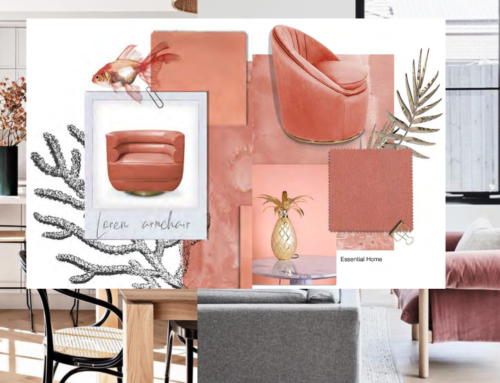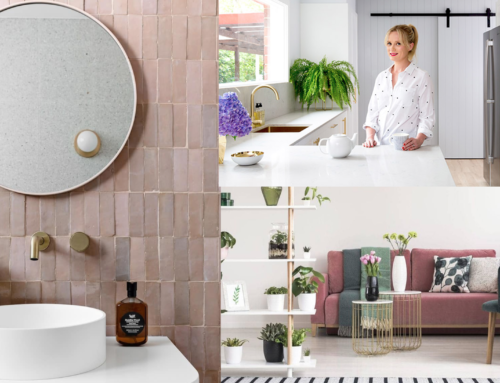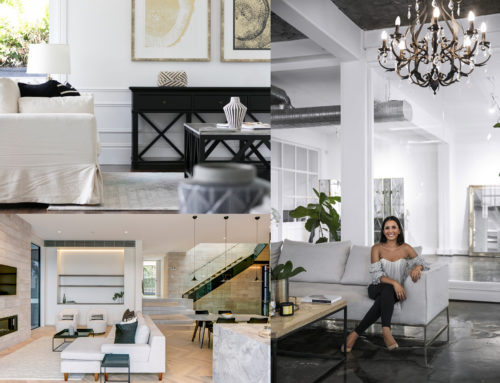Organisational expert, Peter Walsh, spoke with usabout how to rid our homes of clutter. Peter offers some quick and easy ways to organise some of the more important, but difficult to manage, rooms in the house.
The Master Bedroom
No excuses, make the bed: the master bedroom is the single most important room in the house, as it establishes a tone for the whole house. Show that you care about your house by making an effort to make your bed in the morning – no matter how rushed you are to get out of the door. Doing so says: “I take pride of place in this room and I’m prepared to invest a little bit of effort into it.”
Keep flat surfaces clear: your master bedroom should feel like a hotel room because it’s in that room that you want to create a sense of intimacy, relaxation and closeness. It’s hard to maintain this feel if flat surfaces are covered in clutter. Ensure there are no unnecessary items on top of the dresser, the bedside table and on the largest surface at all – the floor.
Children’s’ Rooms
Invest in some toy boxes: the most important items to put in a child’s room are toy boxes – the amount of toy boxes you choose doesn’t matter. What does matter is that these toy boxes then act as a limit for the number of toys your child can own. If they have two toy bins, when the bins are full, they should learn that before they can add a toy, they should get rid of a toy – preferably by taking it to a donation centre or perhaps by giving it to a younger sibling. Not only will this prevent a toy build up, it will also give them a sense of passing toys on to others.
Establish a routine: ensure your children understand that when they have finished playing, they need to put but their toys back where they belong – in the toy boxes. Establishing this routine is a simple way to ensure their rooms remain tidy. More importantly it also teaches them to contribute as part of a family. Children learn that they have personal responsibility for their toys and that it’s their job to take care of them.
The Kitchen
The magic triangle: the kitchen is the room that nourishes your family. It’s the room where everyone always gathers, whether it’s just for breakfast or a one-off special occasion. For this reason, it’s essential that you establish a room that is both welcoming and easy to work in – this is where the ‘magic triangle’ technique comes into play. The ‘magic triangle’ is an imaginary space bordered by the fridge, the sink and the cooktop – the main area of movement of any person working in a kitchen. The only items you should have in that triangle are the things you use most often when cooking – knives, chopping boards, pots, pans and slicers. Anything that you use often, but less frequently, for example serving platters or baking trays, should be one step outside of the magic triangle. While the things you use irregularly like a roasting pan or ice cream maker should be again one step farther away.
The idea is that the ‘magic triangle’ is the core of activity; working in the kitchen will be easier and more efficient if only regularly used items are kept within this space.
Try the cardboard box test: the ‘one month cardboard box test’ test is a simple way of managing all of the gizmos that build up in kitchen draws over time. Gather all of the extra items in your kitchen that you don’t use on a day-to-day basis. Think spatulas, juicers, whisks, colourful cookie cutters and that avocado slicer that you just had to have. Put them in a cardboard box on a counter in the kitchen, and for the next month every time you use one of those items put it back in the kitchen drawer where it belongs. At the end of a month take a look at the items left in the box – if you haven’t used them for a month, ask yourself if you ever will. Donate or discard the items you don’t need.
